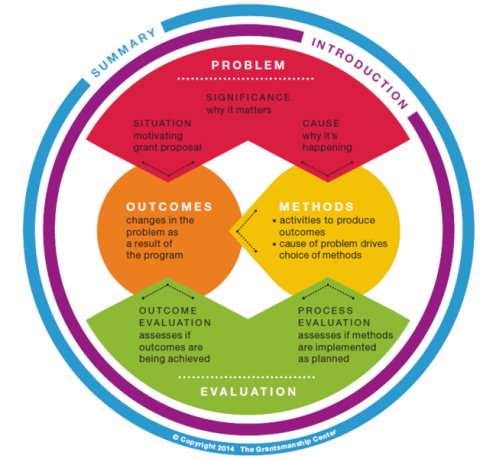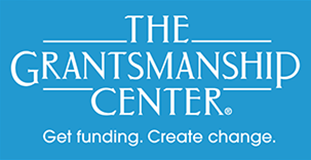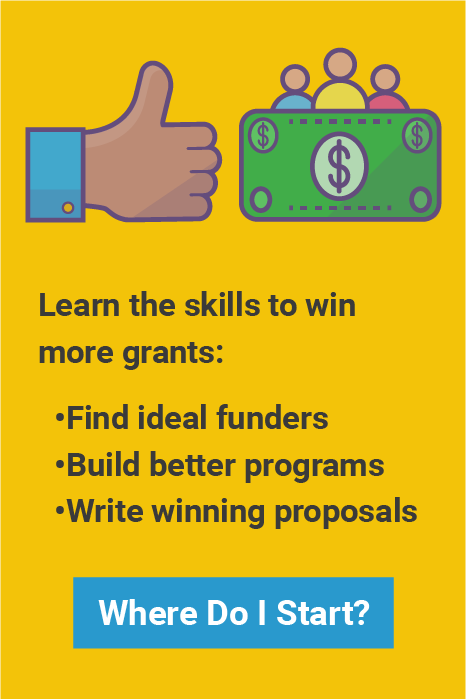
Logic models – charts that illustrate connections between program activities and outcomes – are great tools for planning programs to address community needs, but many nonprofits use them only to help explain a program they’ve already planned. That’s a backwards approach. You’re much more likely to have real impact on the problem your organization wants to address if you use a logic model to guide the planning process.
To harness the power of logic-model based planning, we suggest the following:
Become issue-centric.
It’s a mistake to let a funding opportunity drive your organization’s planning process. Let community needs be the driver. Step back and develop a real understanding of the problem and its causes, then convene the right players to design an effective response. Until you’ve done that, you’re not prepared to work with funders.
Move beyond the typical logic model.
There are two points in planning where you’ve got to get it right if you want to have real impact. First, your organization’s definition of the problem must connect precisely to the results (outcomes) you’re proposing. Second, your explanation of what’s causing the problem must connect firmly with the activities that you expect to produce the results. The typical inputs-activities-outputs-outcomes-impact logic model format doesn’t articulate the connections between these essential parts.
To avoid basing your program on assumptions and to demonstrate how the pieces of the program will work together to produce change, develop a simple three-column chart:
Column #1 – Summarize the problem and its causes. Document your position with abbreviated citations.
Column #2 – Summarize the proposed activities. Use abbreviated citations to document the likelihood that the activities can impact the causes of the problem.
Column #3 – Summarize the proposed results (outcomes).
Once you’ve articulated the logic of the program design with a chart such as this, you can use a simple Inputs-Activities-Outputs chart to show the resources required to accomplish each of the specific methods that make up the program plan.
When you challenge your assumptions and those of others, you’re better able to champion your cause. Using a logic-model approach that demands the articulation of connections and requires abbreviated citations is an important first step.
Take our five-day Grantsmanship Training Program or two-day Essential Grant Skills training to learn how to apply the logic model to your cause. Visit our full training schedule here.
— Barbara Floersch, Chief of Training & Curriculum, The Grantsmanship Center



